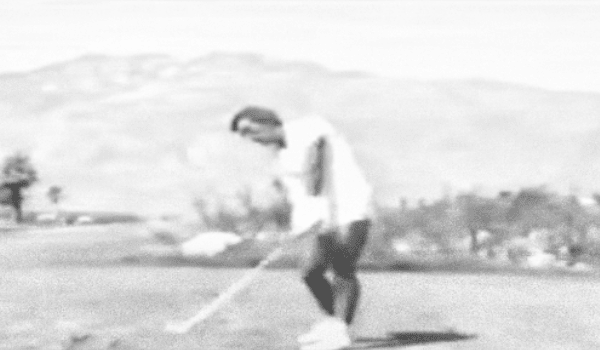
3 MORAD Swing Eras – My Take on the Genius’s Patterns
So Mr. O’Grady was less than pleased with his golf swing. Coming from a failed Nicklaus pattern, he worked very closely with Homer Kelley (the founder of The Golfing Machine) to understand why his movement didn’t work and what to do instead.
The outcome would change golf more than anything I’ve ever come across.
The initial thought behind the MORAD swing project was to provide the foundation for great golf teaching and change the game from the inside out. It was a very philanthropic project, where his own game more or less existed to prove that the system worked. Seventeen PGA qualifiers and two tour wins later would solidify the teaching model for decades to come.
The project also started with a swing philosophy that was meant to be easy on the brain and focused on the absolute key essentials that produce a repeatable and high-performing golf swing. This view and aspiration have greatly influenced how I perceive development myself.
Before continuing. If you don’t know the P-system then study this image a bunch of times (P1-P10).
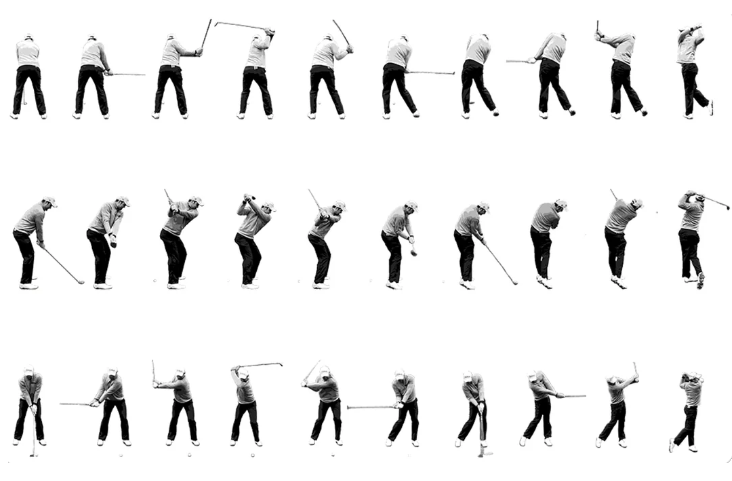
MORAD 1980s Pattern – Power & Control Balance
In my opinion, this is the perfect mixture of power and the amount of control that you can expect from a high-functioning golf swing.
It’s very important to consider that Mr. O’Grady likely came from an over-casting motion. When it comes to swing development, the outcome will always be the input + the applied change. This means a lot to the execution layer of it.
As my good friend says, none of Mr. O’Grady’s students struck the ball like he did. What’s the difference? In my opinion, the input casting-motion value.
Power Profile & Swing Leadership
EVERYTHING from an inner core power perspective revolves around using the trail arm, hand and the club in its extension for downswing power application.
This is what sets up shallowness and input speed good enough to play scratch golf with.
Of course, you can add recocks and stimulated synched body rotation in the striking area but it’s optional and that’s the beauty of it.
If you fit with this (meaning that you like to use your trail arm essentially) you will have a power profile that’s completely free of strange hard-to-achieve quirks that populate most modern protocols. I break this down on deeper levels on my 80s specific article here.
Let’s look at what’s demanded from the body then (or what’s not demanded, to be honest).
Simple Body Behavior
This is all that it takes: about 20 degrees of hip flex at address (give or take). Maintain that in the backswing and the downswing while you apply power. The centeredness (or “radius locks” in the advanced description of Mr. O’Grady) revolves around the sternum. Keep this in check and you’ve secured your low point.
No tilts, no forced center-of-gravity movement. No nothing.
The deal is that you basically don’t use the body at all for the core power protocol. It just follows along for the ride and provides stability for your intended power application.
For the Master Mac movement, you will stimulate synchronized chest rotation in second-axis tilt throughout the impact area. That’s harder to perform, but still achievable if the base backswing and power application is in place.
Development Thoughts
This bears mentioning over and over again: the 80s protocol is all about simplification, radius control, and the most important aspect of all (and something I’m hugely inspired by) — it’s easy on the brain.
To be honest, ANYONE can perform Mr. O’Grady’s mid-80s movement if they just focus on the key components and leave some of the details to chance. Sure, you’ll likely never be as pure as Mr. O’Grady himself, but you will get damn close.
It’s pretty obvious it’s my absolute favorite pattern and the only one I touch upon in my teaching.
1990s Patterns – Complexity and Variation Heaven
Mr. O’Grady abandoned the epic 1986 swing for a bunch of different reasons that would be something like this. All of this is my own assumption and presented with no hierarchy of weight:
- The long-and-left miss wasn’t acceptable (despite 2 tour wins with that pattern…).
- A mission to find the perfect golf swing where every shot could be controlled.
- Leaving the professional playing career and becoming more of a coach first.
The complexity of the project just skyrocketed, and the concept of easy on the brain seems to have been forgotten.
From the 90s work came many interesting concepts, like the CP and CF swings for different shot-biased patterns (from which SNT eventually became a thing). But the trade-off was a slightly different power profile.
For contextual technical understanding, this is how a stock 90s movement changed from the more accessible 80s movement:
- In the setup Mr O’Grady would promote a more closed stance and a tall posture together with a more middle of stance ball position alongside a more induced setup shaft lean.
- From p2-p4 you’d trace the swing plane whilst in the 86 motion it goes more “naturally” upwards. Somewhere around p3 you add some manual forearm rotation and between p3 and p4 you intend to uncock the wrists (to set up for the downswing) and a flat left wrist is maintained. The long thumb used in the grip would help with wrist flexibility but the now not cupped lead wrist would limit the “uncontrollable” wrist action of 86 (2 tour wins..)
- From an almost impossible simplification perspective it would be a slightly taller shaft leaned setup with a shorter, wider, plane oriented and much more mechanically conscious backswing.
- The downswing p4->p5 would create an additional wrist cock (to induce more lag with a flat left wrist). In p5,5-p7 you would shift the body’s center of gravities forward to push the low point and this would produce a more punch style shot with loads of shaft lean since this offered more control (at mechanical learning difficulty cost).
- Overall this is just a much more complex protocol than the 86 model with much more conscious mechanical need. It’s also during this era that the CP and CF motion would be introduced.
The CP, standing for the centripetal force, would promote a fade shot with an inwards p5,5-p8 action and a more pivot based strike (think Alex Norén and you’ve got it).
The CF, standing for centrifugal force, would mean more wrist action and less pivot for a draw based action (this is kind of baseline Stack N Tilt in a nut shell).
Power Profile & Swing Leadership
The release profile went from a club-and-hands interplay for centrifugal force outlet into a manual manipulation of radial deviation from a flat left-wrist position. That was a load of fancy words, but what it means technically is this: you would manually push your hands more forward so as not to manually stimulate centrifugal force at all. In the early ’80s protocol (keep in mind Mr. O’Grady’s input value = over-casting), the club would work more, and in the ’90s the hands would work more. The power profile was fundamentally changed. A more “hold lag and push the hands” type of core power protocol was established.
Again, this was a quest for the perfect, most reliable golf swing ever to enter the game. But personally, I think this is a far reach. There’s no such thing as a perfect swing. Even the best patterns will have variance—good and bad days. But what an effort. Changing into this made it possible to control the ball on a never-before-seen level… for those who could handle the brain strain of going this mechanical.
Fitting Body Behavior
To support the different power and control profile, the body now had to start doing other things. You would manipulate both of your centers of gravity to aid in the quest of delivering the power package.
We step away from the easy-on-the-brain “centered pivot without tilts” and move into much more complex motions.
This style made it almost impossible to simply “hit the ball.” All centrifugal release now had to come from body-rotational stimulation, which in turn would fuel the centrifugal outlet. This is probably why most SNT executors struggle—most golfers have some “hit” in them, and that ruins the motion more or less.Furthermore, the body had to be angled in more second-axis tilt, since the power package had shifted from an earlier centrifugal-force release (and early recock) to a lag-inspired, manipulated push forward. All of that inherently creates steepness. The additional—almost excessive—second-axis tilt becomes the necessary matching shallower.
2000s Protocols – More TGM Control
The further we move away from the 1986 model, the more Golfing Machine–inspired the teachings become. The well-documented pressure points of TGM worked themselves into the protocol. The strike produced from this style is extremely controlled—both mechanically and in ball flight—with distance being the primary sacrifice.
Summary & More Articles
All in all, the MORAD project is the most influential coaching project golf has ever seen. It’s a masterpiece on every level, but I still favor the easy-on-the-brain 80s movement because it’s actually achievable for most golfers.
In 2023, I created (after a decade long study) the foundations for what I call the Trail Power Hitter pattern, heavily inspired by the simplistic, timeless motions of Ian Woosnam, Bernhard Langer, Lee Westwood, and others. And the more time passes, the more I realize how many of O’Grady’s 80s elements are naturally built into it.
The MORAD 80s deep dive article is here.
Another more history based article here
Contemporary MORAD article here.
You can check out the FMM Swing Academy here for an overview of my Education efforts & Coaching.
Closely Related Articles
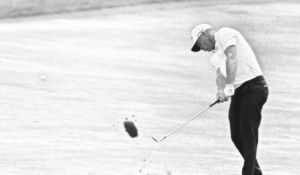
Contemporary MORAD – Modern Presence and Influenced Coaches
MORAD has influenced more high level golf than anything I’ve come across during my last decade deep dive into golf. In the 80s Mr O’Grady taught somewhere between 30-50 players while playing on tour…
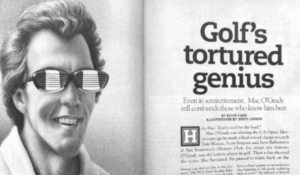
The Best Story in Golf Teaching – Mac O’Grady Event Timeline
I’ve never met Mac O’Grady. In all honesty I’m happy I haven’t because these types of personalities deeply intrigues me. Meeting him and climbing to deep down the rabbit hole of MORAD would have…

MORAD 80s Trail Power Hitter Pattern – Awesome Simplicity
As mentioned in the MORAD swing pattern article, I’m a huge fan of Mr. O’Grady’s contribution to the golf world. It’s arguably the most impactful effort in golf, period. But personally—based on how I…
Some General Swing Tech Posts (with Videos)
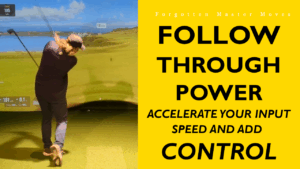
Follow Through Power In Golf? Accelerate & Gain Control
Follow Through Power In Golf? Accelerate & Gain Control The follow through is truly the bread and butter of consistent, adequately powerful golf. It puts you on top of your motion if you will…
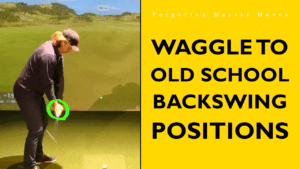
Using the Waggle in Golf? A training for Backswing Mechanics
Using the Waggle in Golf? A Training for Backswing Mechanics There’s a direct link between how you perform the backswing and how well you can let the club work for you. If you waggle…

The Golf Swing Engine – What Truly Drives the Swing
What’s the Golf Swing Engine? What truly drives it? The answer depends on the swing system you follow. In the FMM Swing—rooted in the timeless motion of the old greats—the golf swing engine is…
FMM Project Articles

Power & Control in the Golf Swing – A Matter of Balance
Our golf swings — and our attitude toward them — are often a reflection of who we are at our core. Much of our motivation comes from a deep-seated need for control, and the…
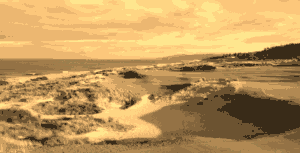
Functional Swing Technique: What a Good Swing Achieves
When it comes to the golf motion, there’s one ultimate goal—and it isn’t perfect form or carrying the driver 320 yards. It’s achieving a functional swing technique. To bring clarity to what functional swing…
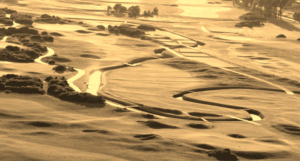
Your Golf Brain Is Stupid — It Demands Simple Coordinates
I’ve played golf for 35+ years and have been deeply researching the golf swing for at least 12–13 years at this point. One of the few statements I can make with absolute certainty is…